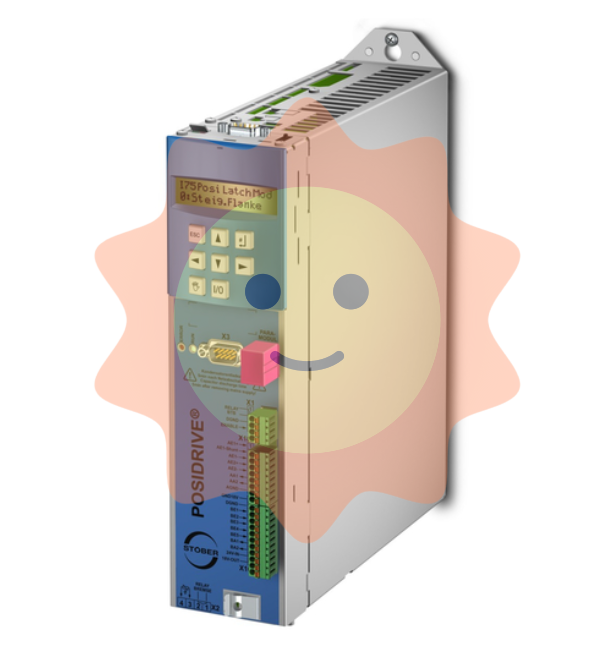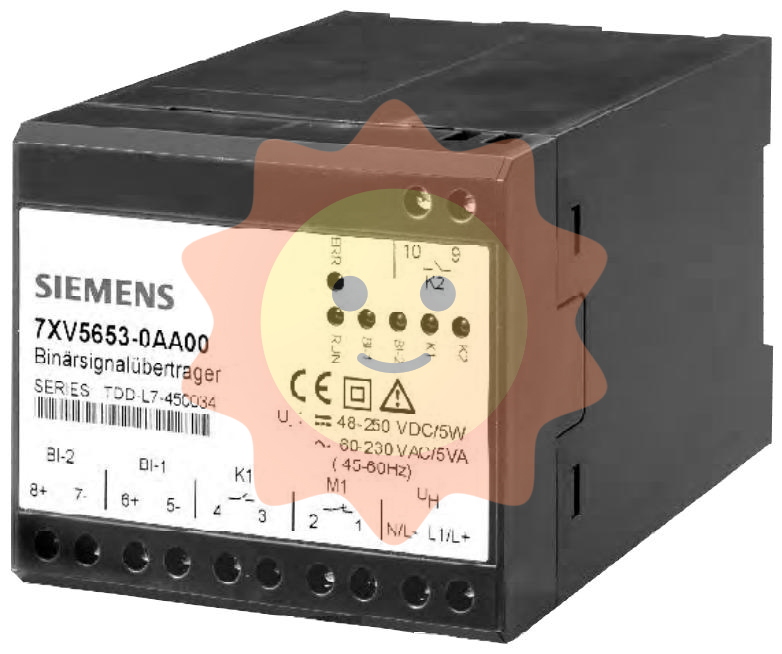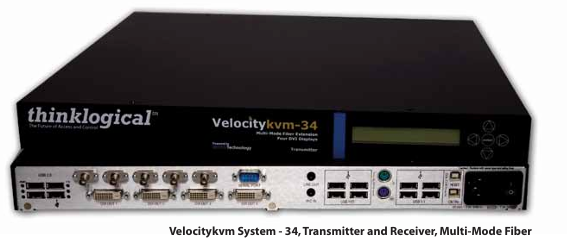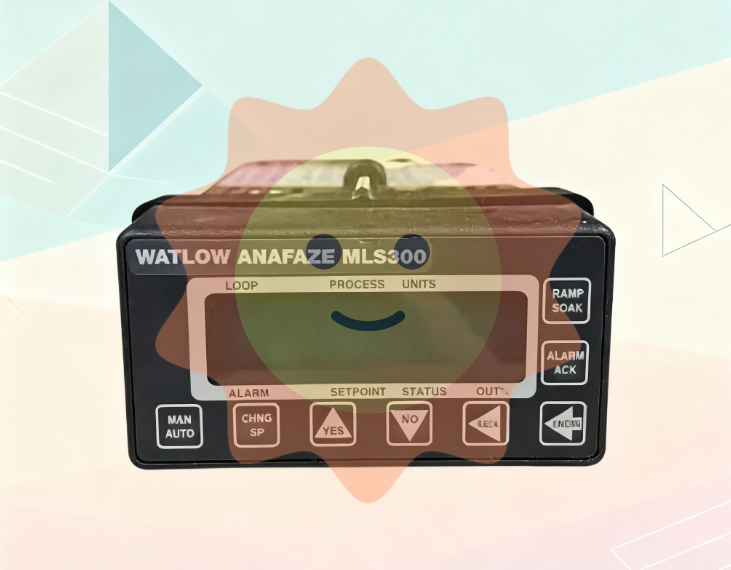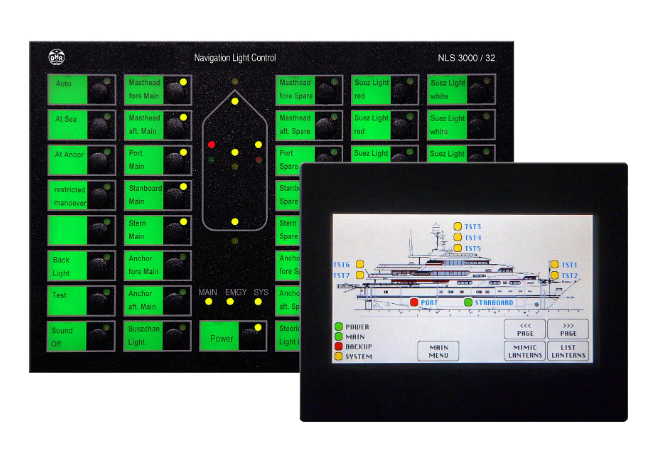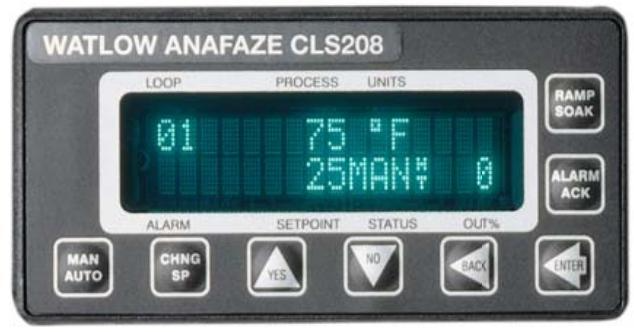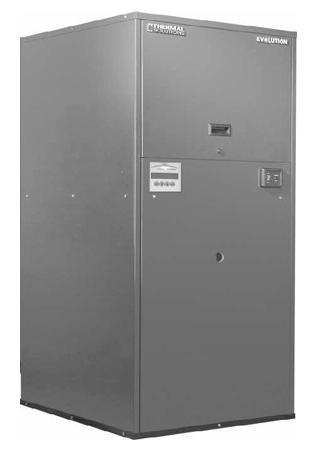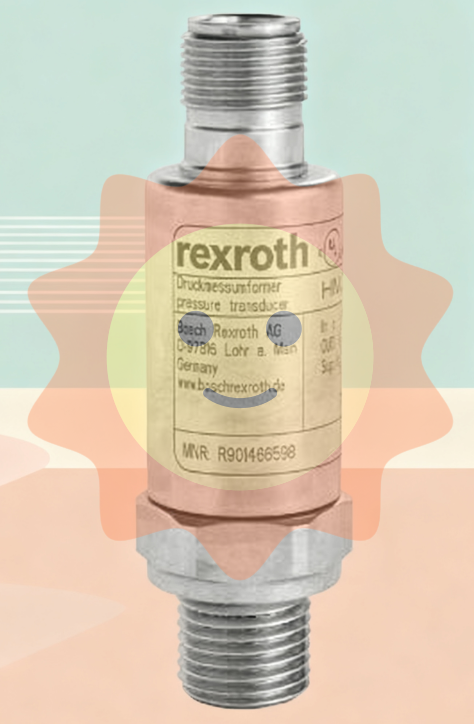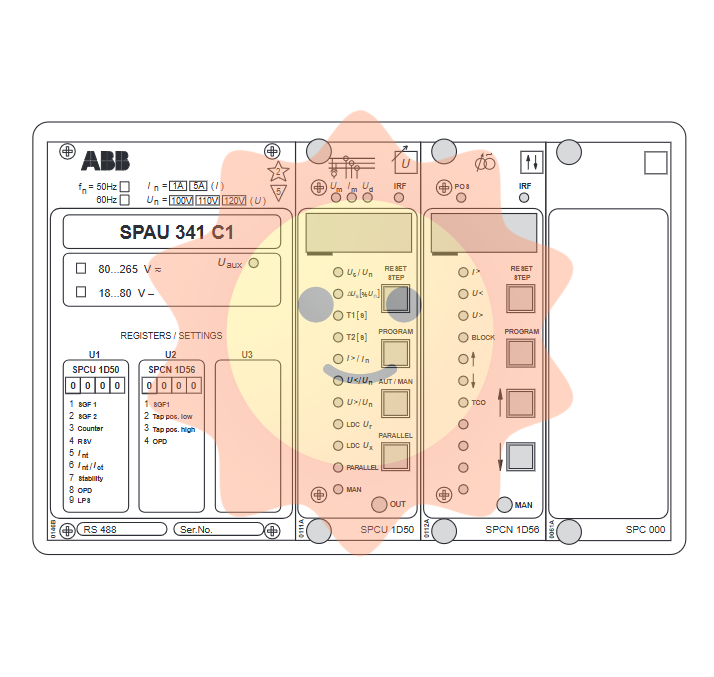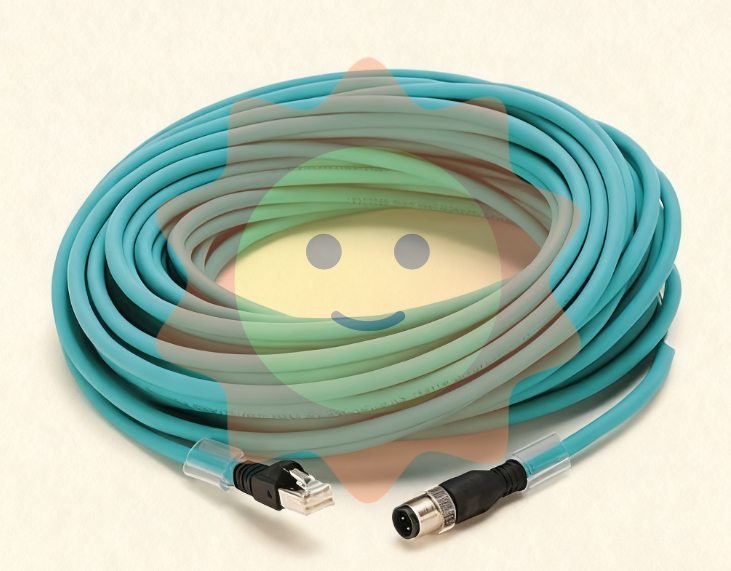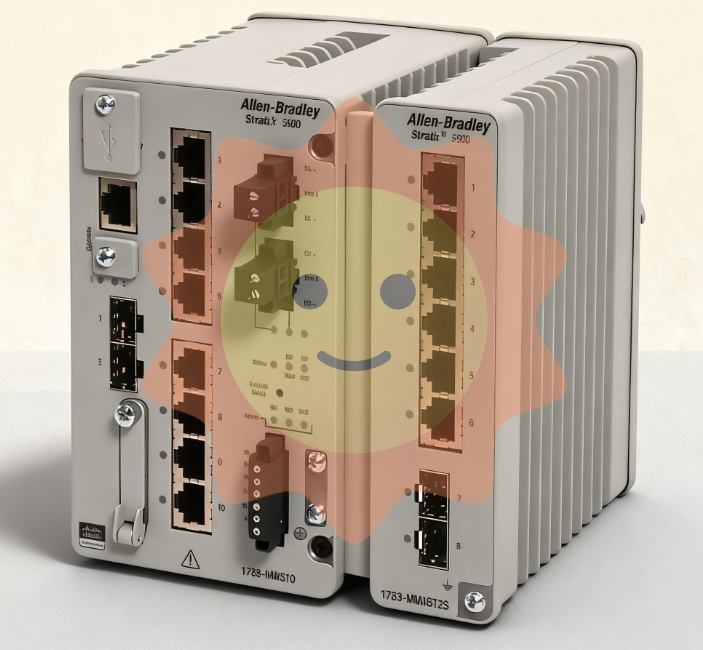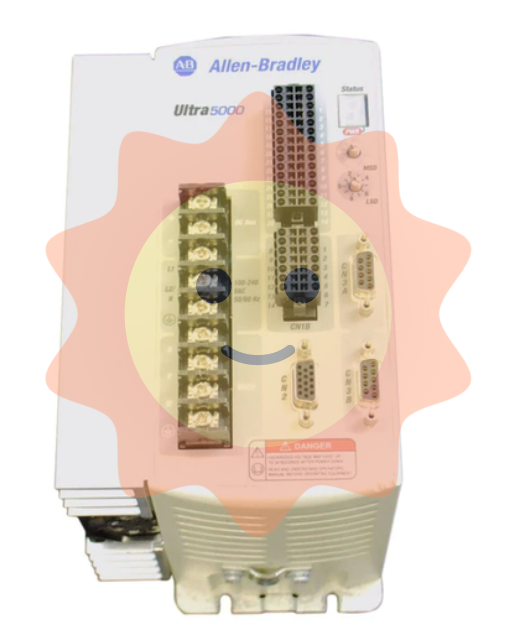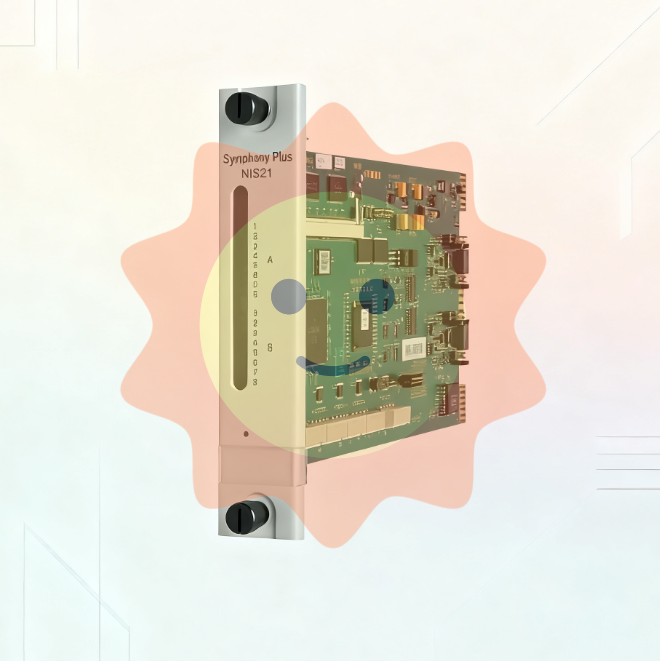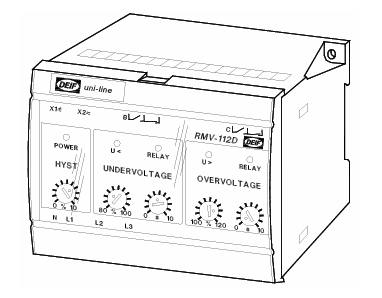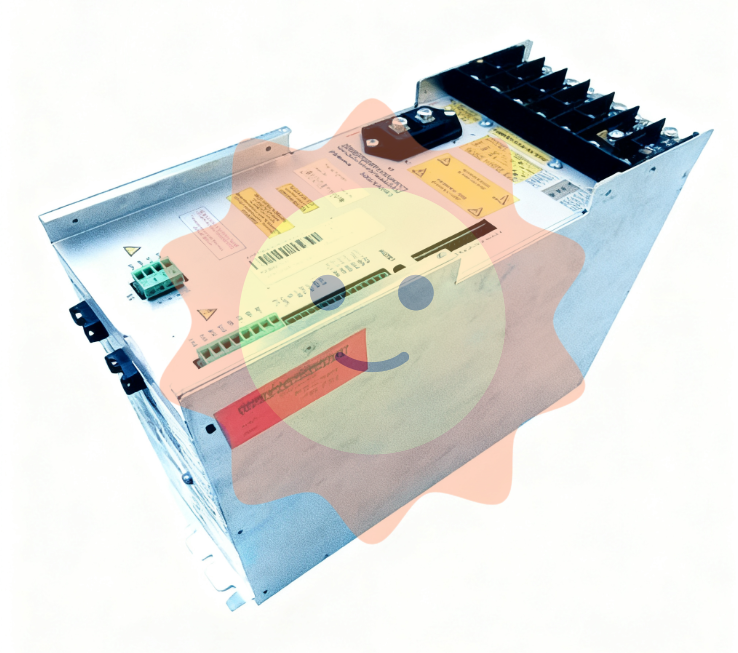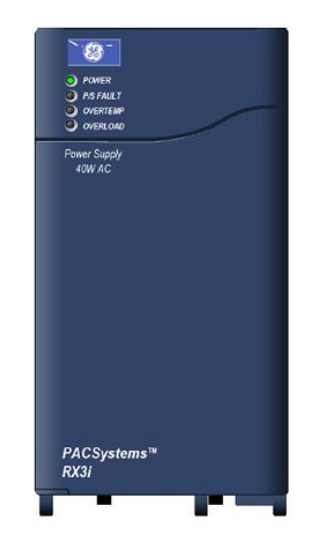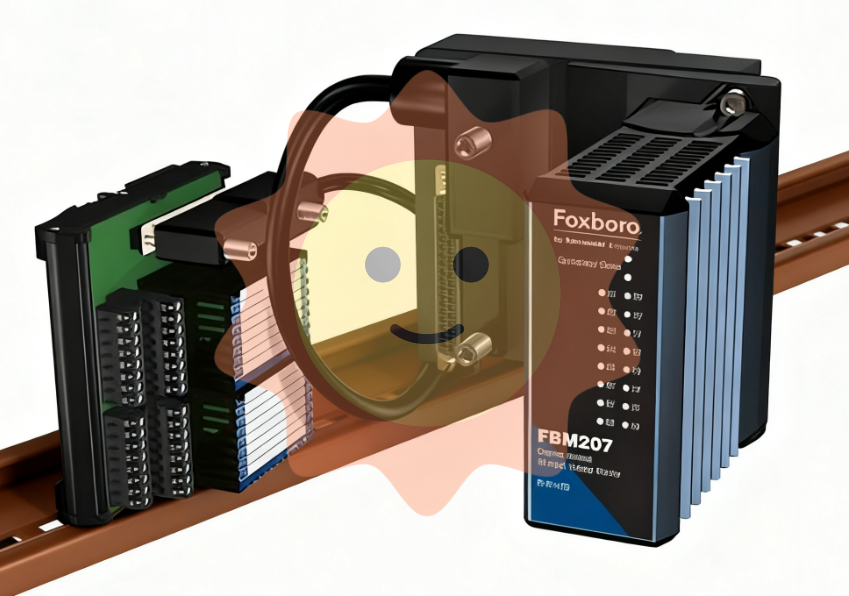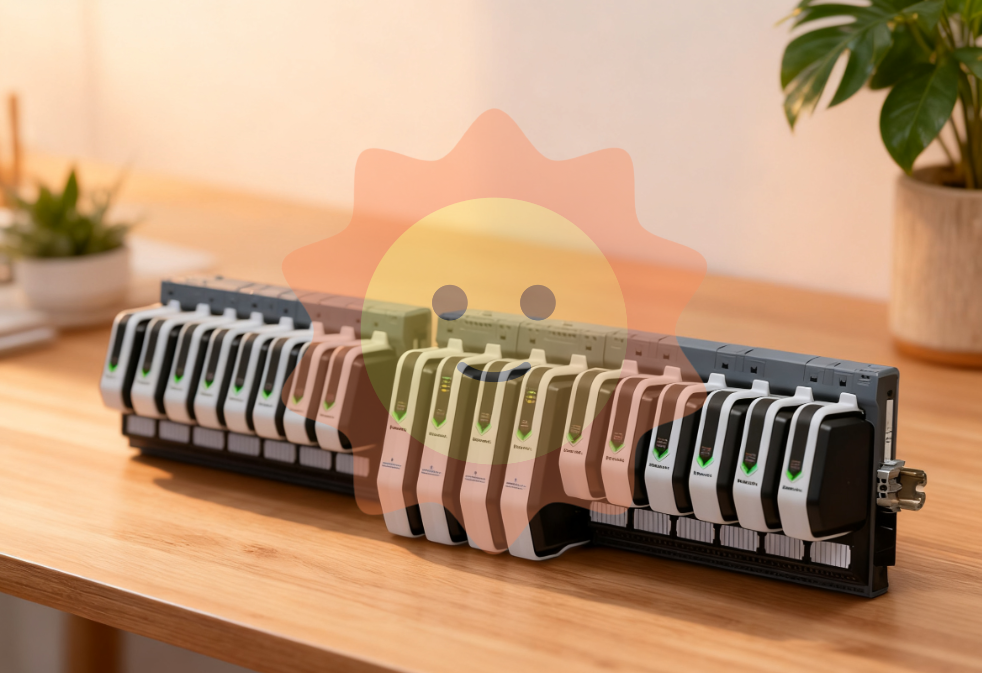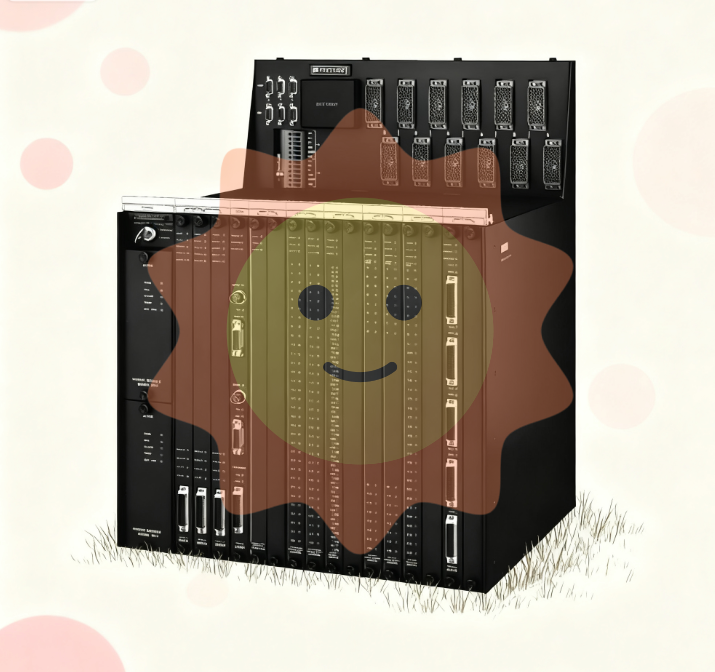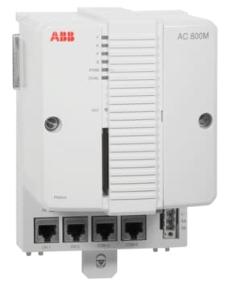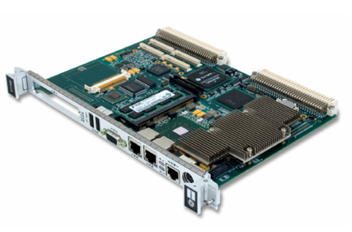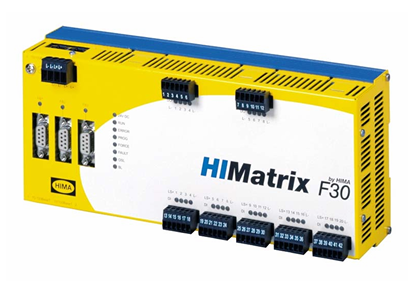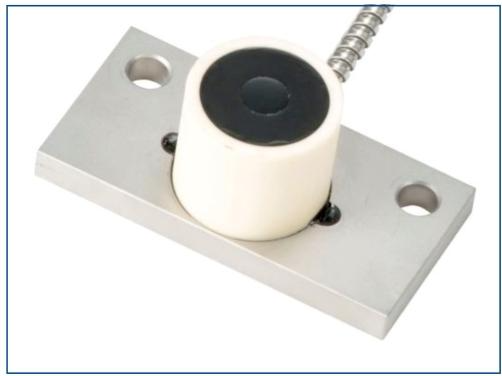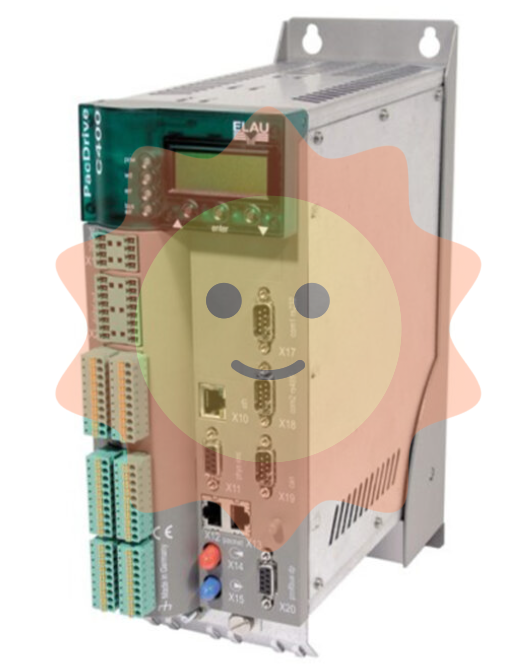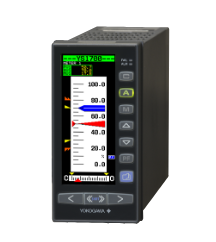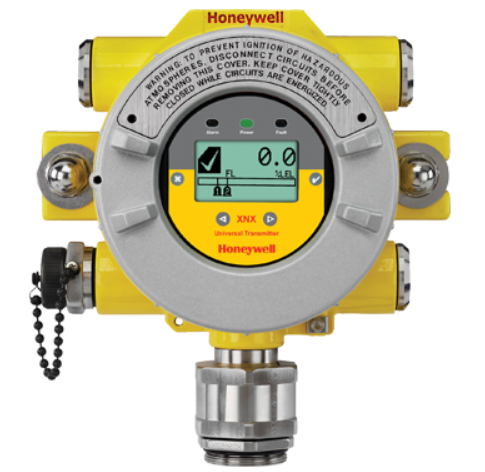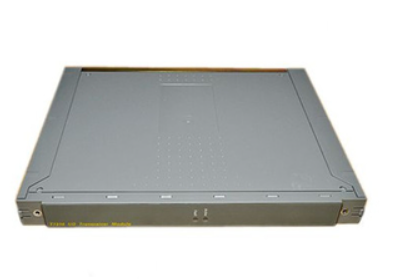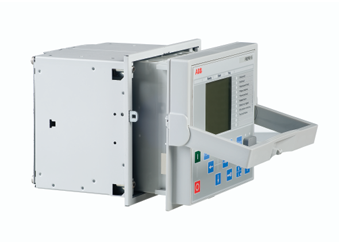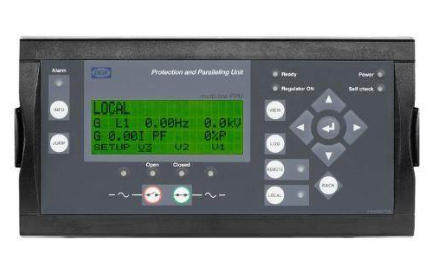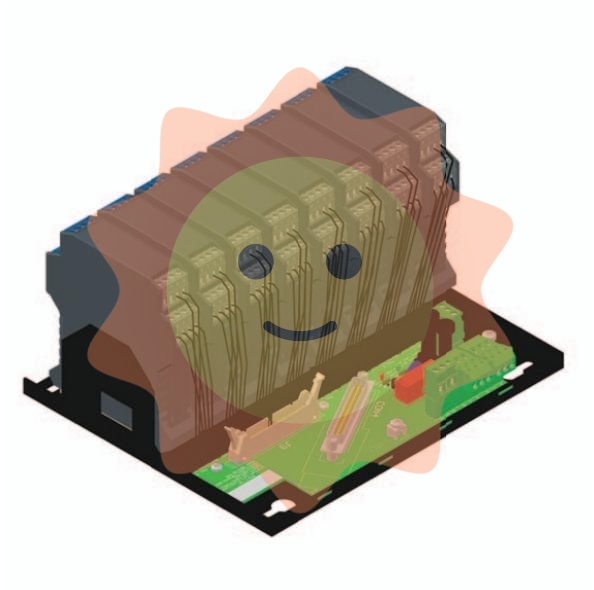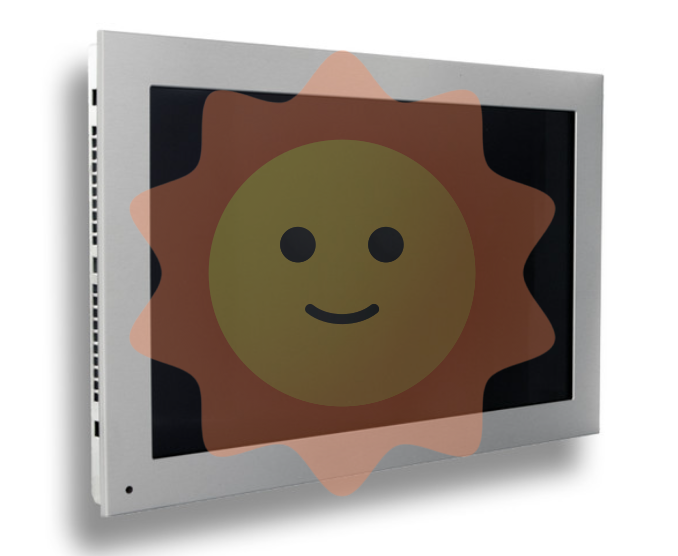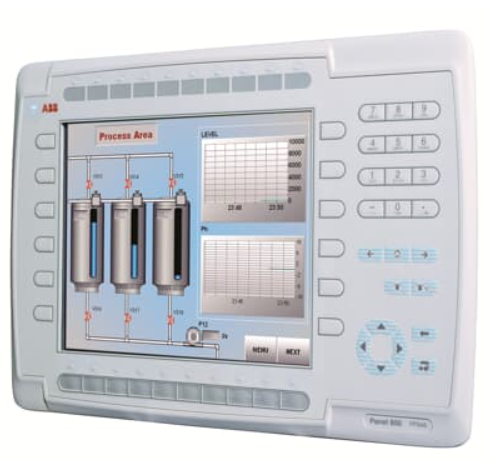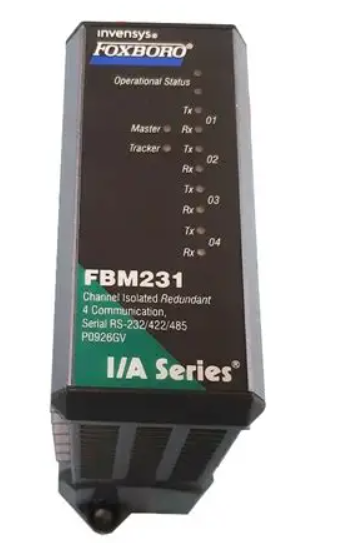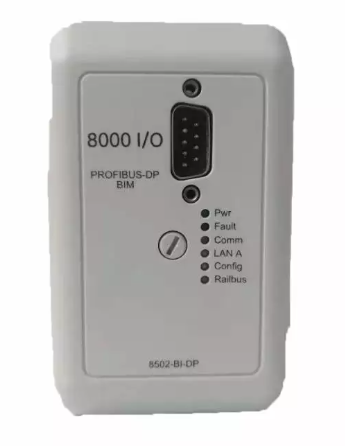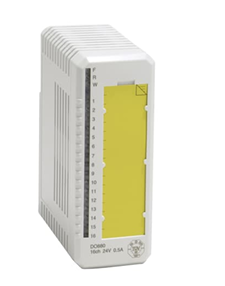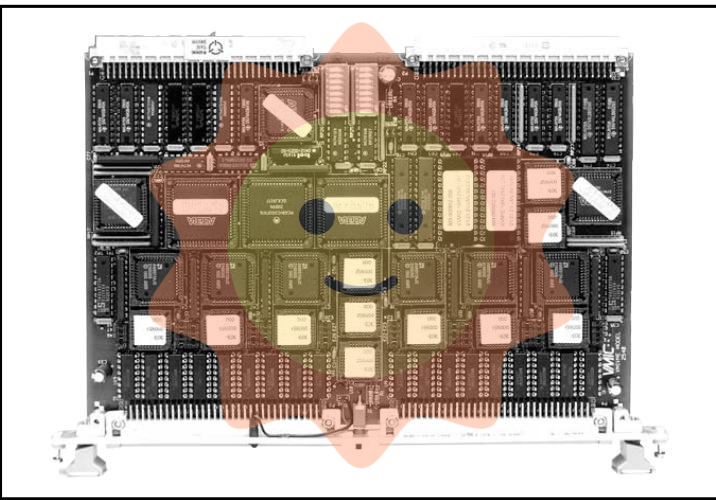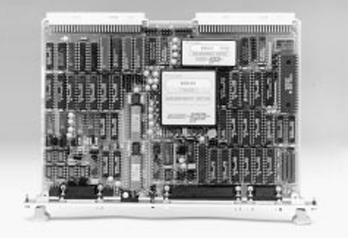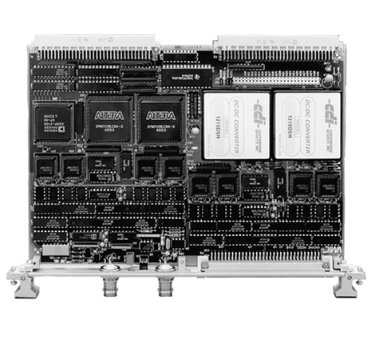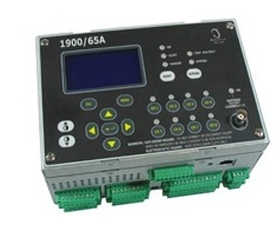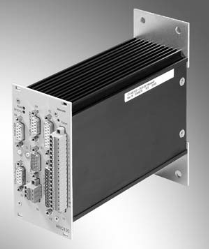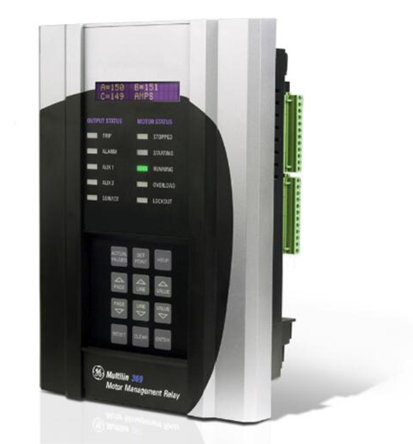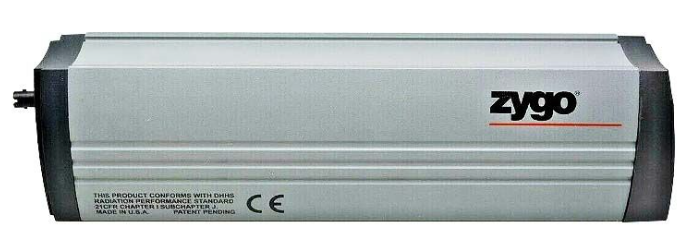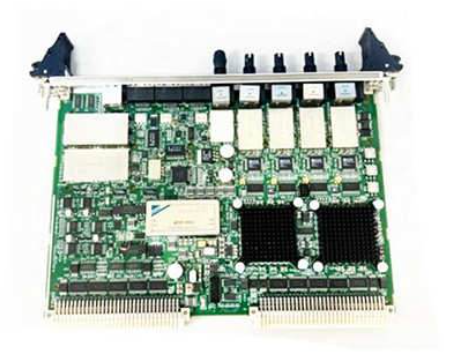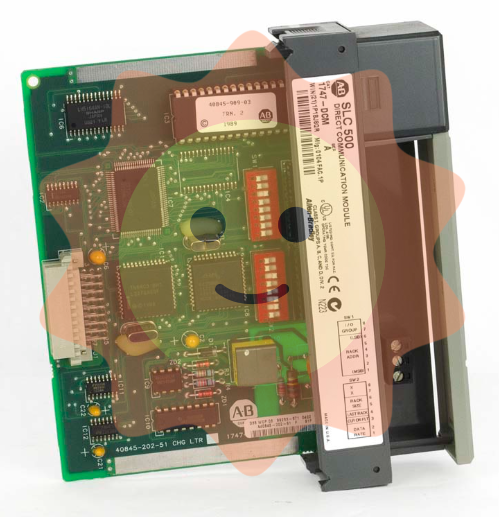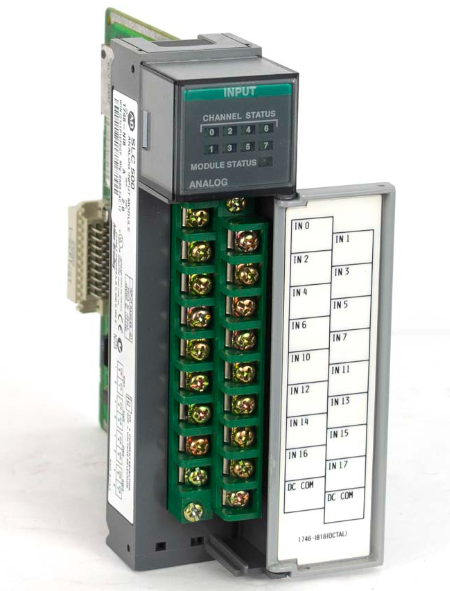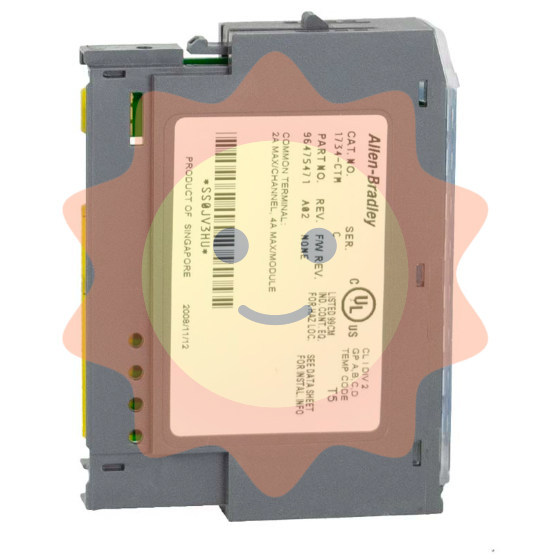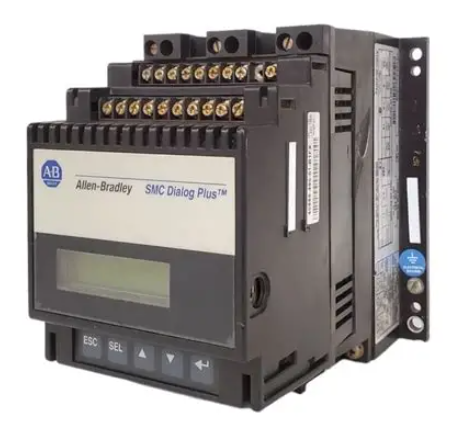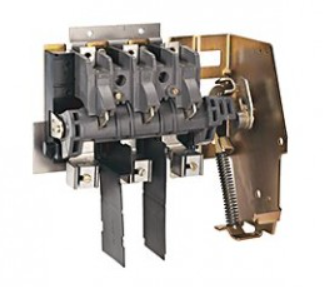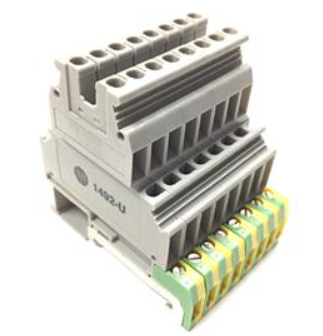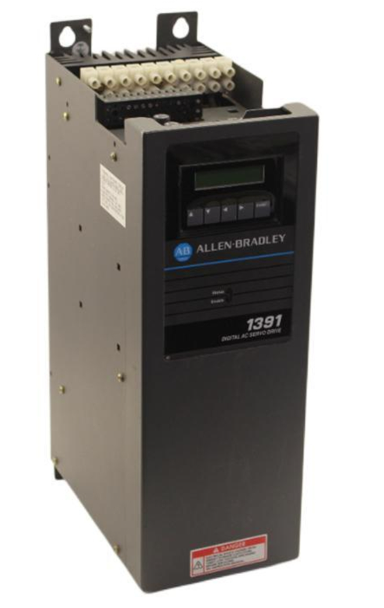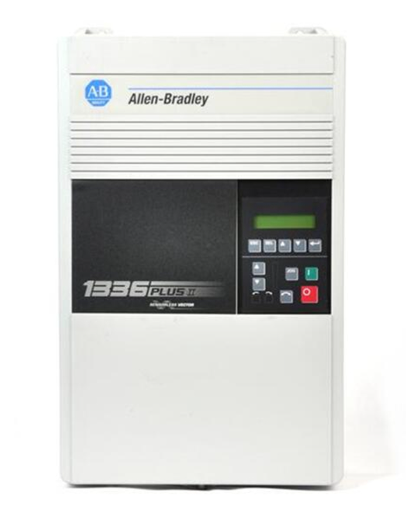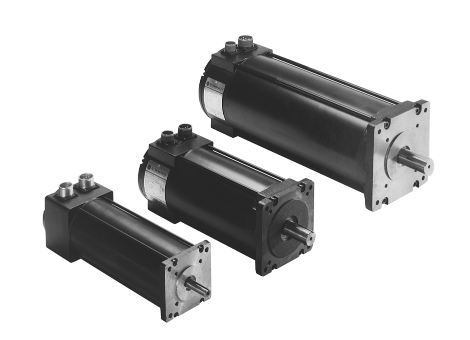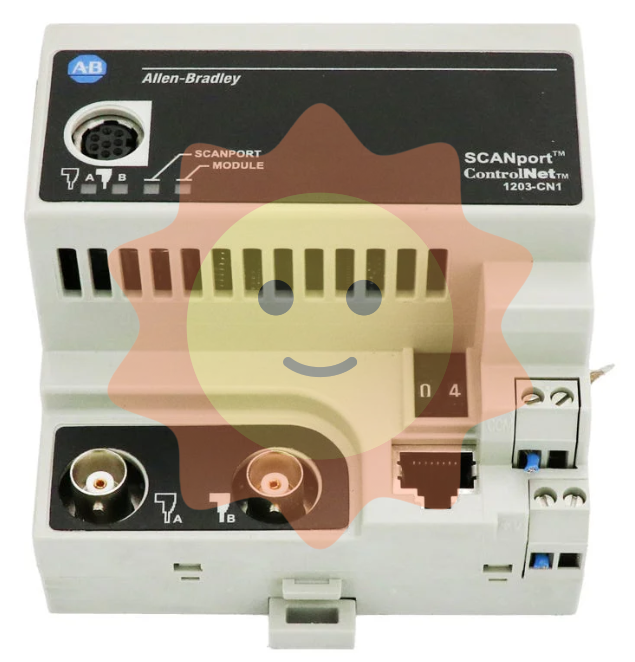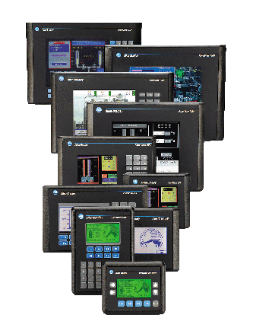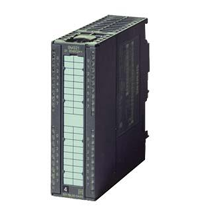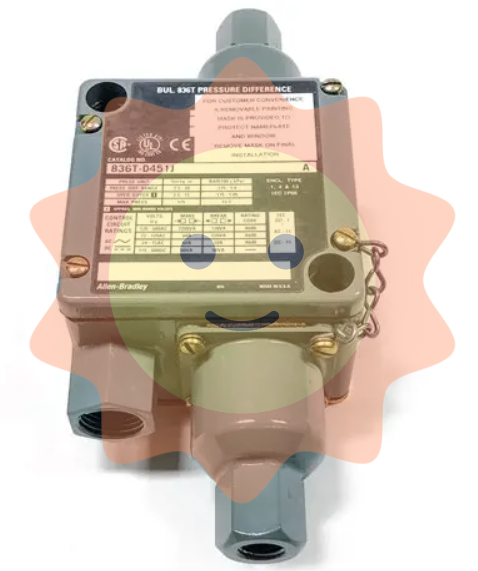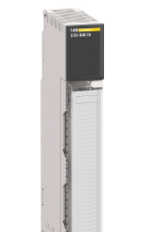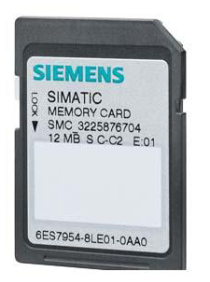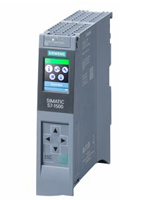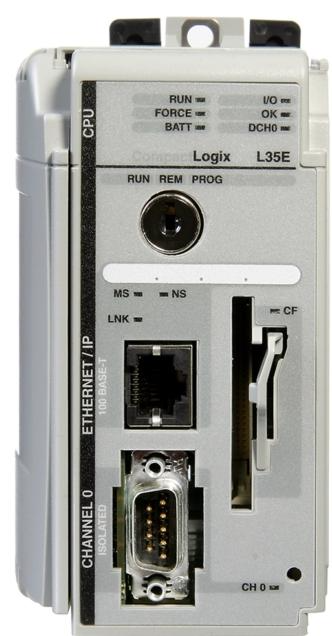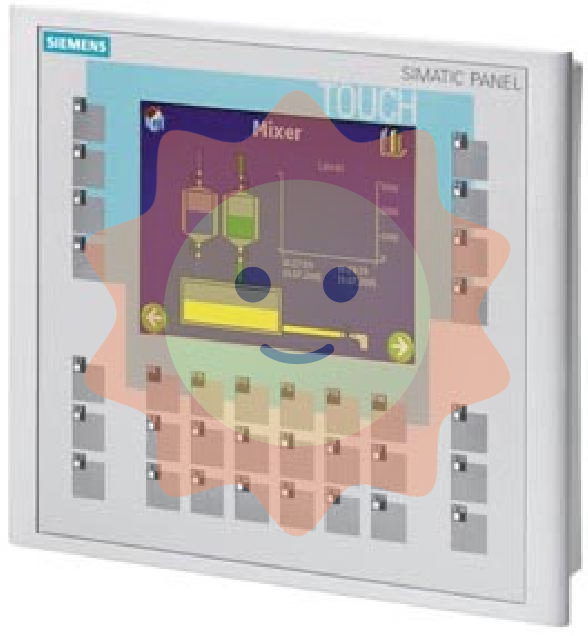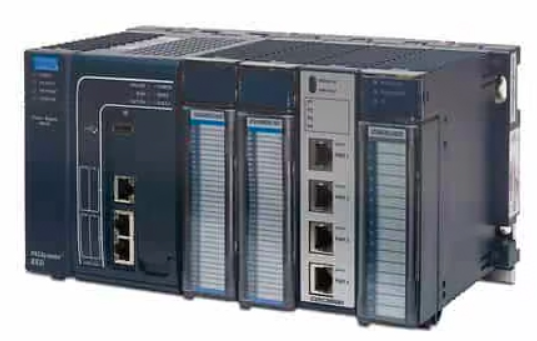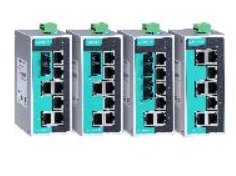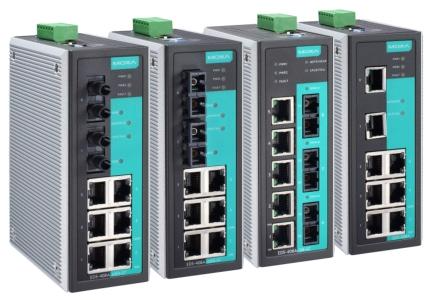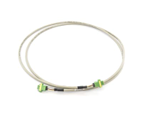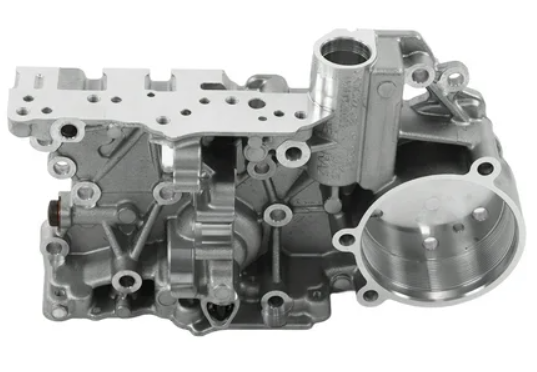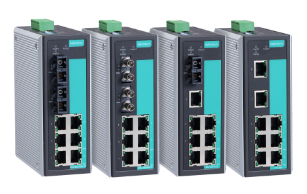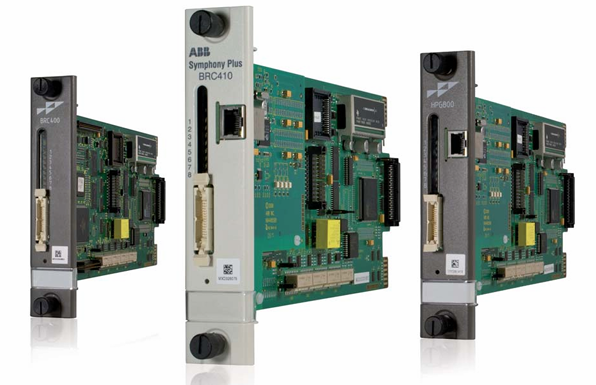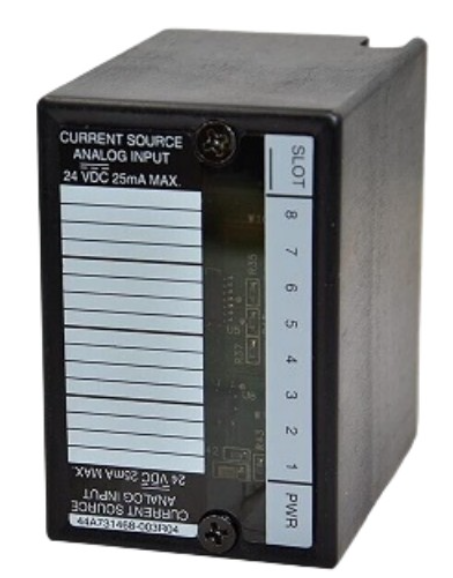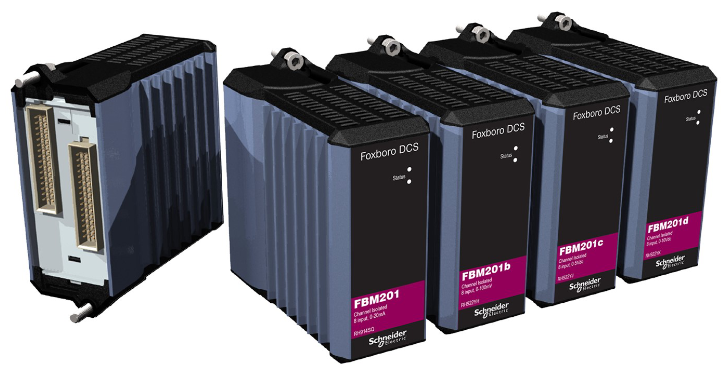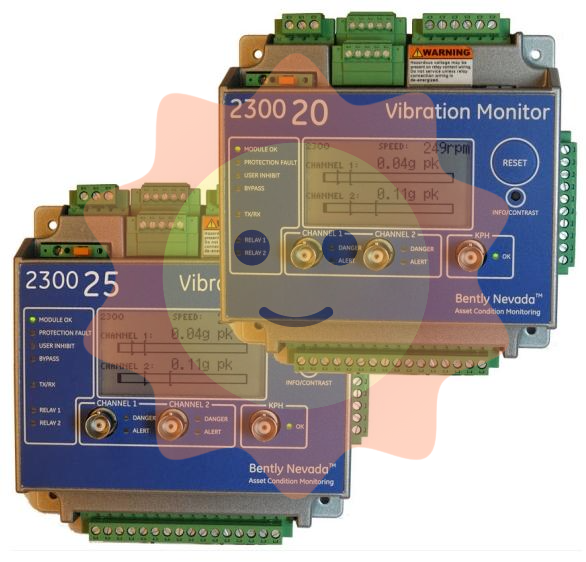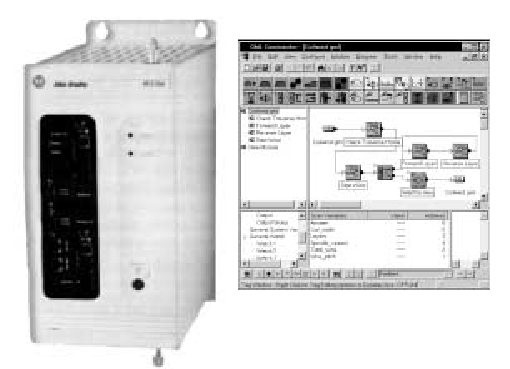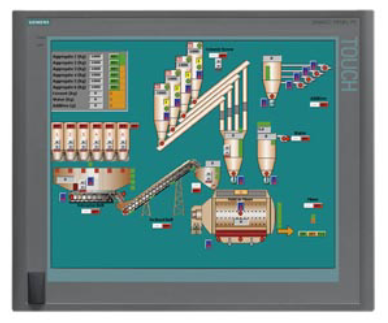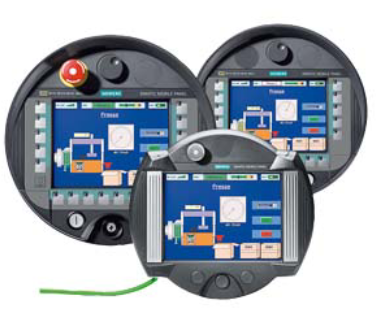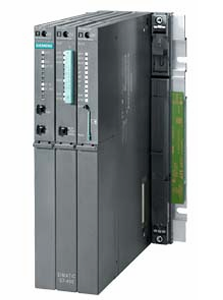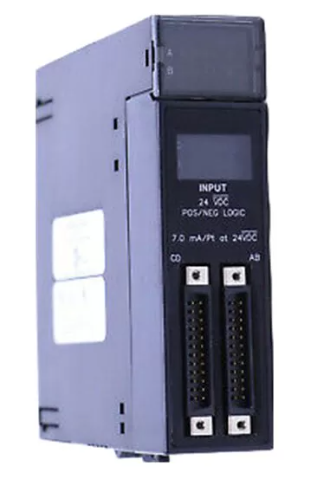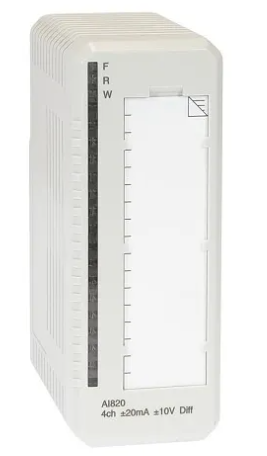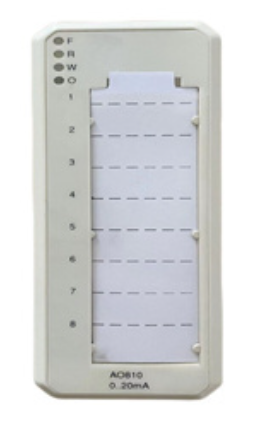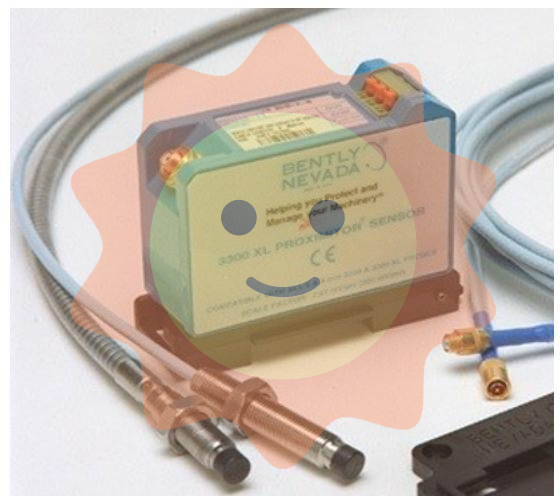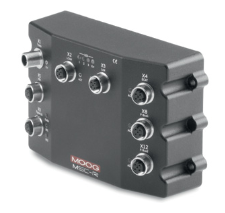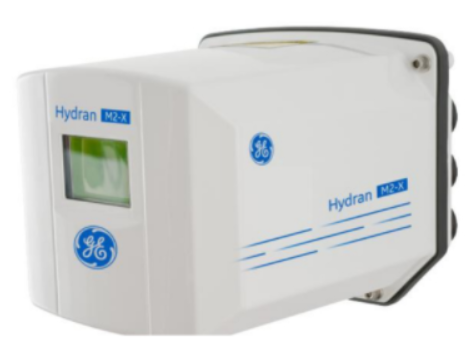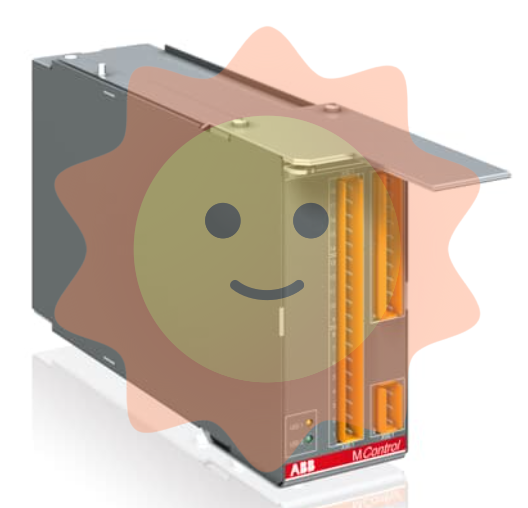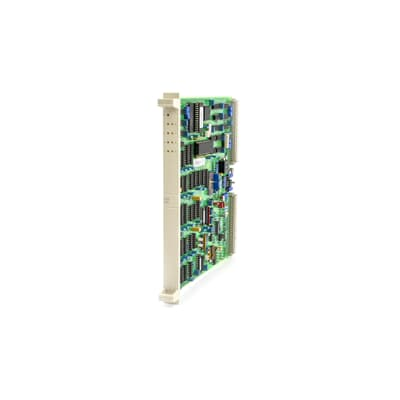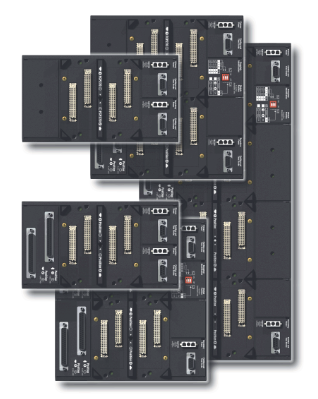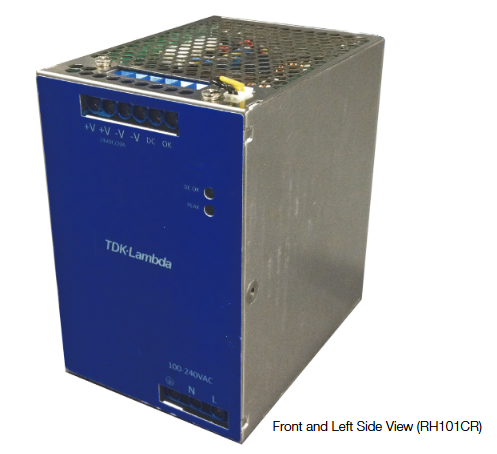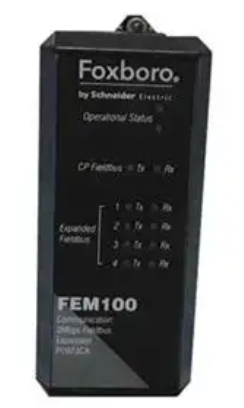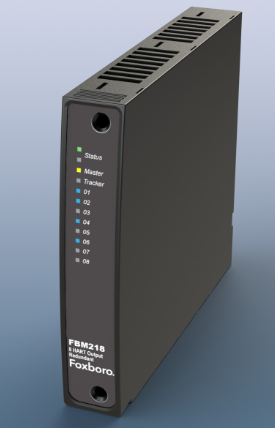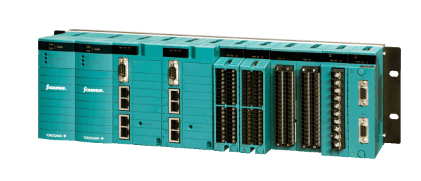ABB Coupler Memory Module PBM 90 H&B Contronic
Basic information
Model and series attribution: The ABB Coupler Memory Module PBM 90 belongs to the H&B Contronic series, a joint venture between ABB and Hartmann & Braun, which is widely used in industrial automation and control applications and is known for its high quality and interoperability. This series is used in a wide range of applications such as industrial automation and control, and is known for its high quality and inter-compatibility.The PBM 90 model number defines the specific identity of the module within the series, making it easy for users to identify it accurately when selecting products and integrating them into systems.
Appearance and Physical Characteristics Speculation: Although there is no specific information on dimensions and weight, considering the industrial application scenarios, its housing should be robust and able to resist unfavourable factors such as physical damage, electromagnetic interference and chemical corrosion in industrial environments. Its shape is likely to be a standard shape for easy installation in control cabinets, such as rectangular, and may have standard mounting interfaces, such as rail mounting slots or screw fixing holes.
Performance Features
Memory and coupling functions:
As a coupled memory module, the PBM 90 may have both storage and data coupling functions. It is capable of storing critical data required for system operation, such as control programmes, device parameters, communication protocol configuration and other information. At the same time, it plays an important role in data coupling and may be used to connect different devices or systems for efficient data transfer and interaction between different units. For example, in an industrial automation system, it may store a control command from one device and transmit it accurately to another device that needs to execute the command, ensuring that the various parts of the system work in concert with each other.
Data Transmission and Stability:
The PBM 90 should have good performance during data transmission. It may employ high-speed data transfer interfaces and stable communication protocols to ensure that data can be transferred quickly and accurately between the module and other devices. In complex industrial environments where there are various electromagnetic interferences and signal attenuation, the PBM 90 ensures the stability and integrity of data transmission and reduces the risk of data transmission errors and loss through its own anti-interference design, such as the use of shielding technology, signal checking and error correction mechanisms.
Compatibility and integration:
Good compatibility with other components of the H&B Contronic series is a major advantage of the PBM 90. It works seamlessly with other components in the series, such as CPU modules, input/output modules, and bus modules, to build complete industrial automation control systems. This compatibility makes system integration much easier. Users can flexibly combine PBM 90 with other modules to realise various complex industrial control functions, such as automated production line control, process control, energy management, etc., according to specific application requirements.
Reliability and Durability:
In order to meet the requirements of the industrial environment, PBM 90 adopts high-quality electronic components and advanced manufacturing processes to ensure its high reliability and durability. It is able to operate stably for a long time under harsh conditions, such as high temperature, high humidity and strong electromagnetic interference, and still work normally, reducing system downtime due to module failures, and improving production efficiency and overall system reliability.
Application Fields
Industrial automated production line:
PBM 90 has a wide range of applications in industrial automated production lines such as automotive manufacturing, machining, and electronic equipment assembly. In automobile manufacturing production lines, it can store the control procedures and parameters of automobile production equipment, such as welding path procedures of welding robots, paint flow parameters of painting equipment, etc., and transfer and coordinate this information between different production links to ensure the efficiency, precision and stability of the automobile production process. In the field of machining, it can store the tool compensation parameters of CNC machine tools, machining speed control programmes, etc., and realise the coupling of these data between the machine tool control system and other auxiliary equipment to ensure the machining accuracy and quality of mechanical parts.

- User name Member Level Quantity Specification Purchase Date
- Satisfaction :
-









Email:wang@kongjiangauto.com









